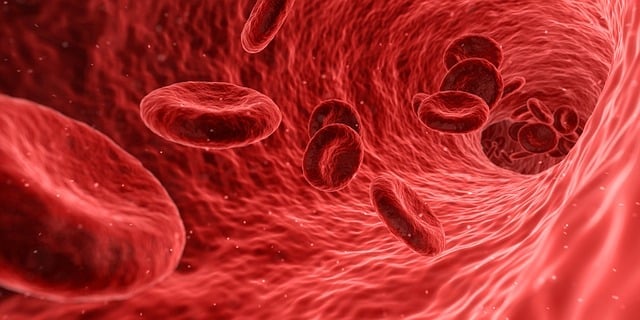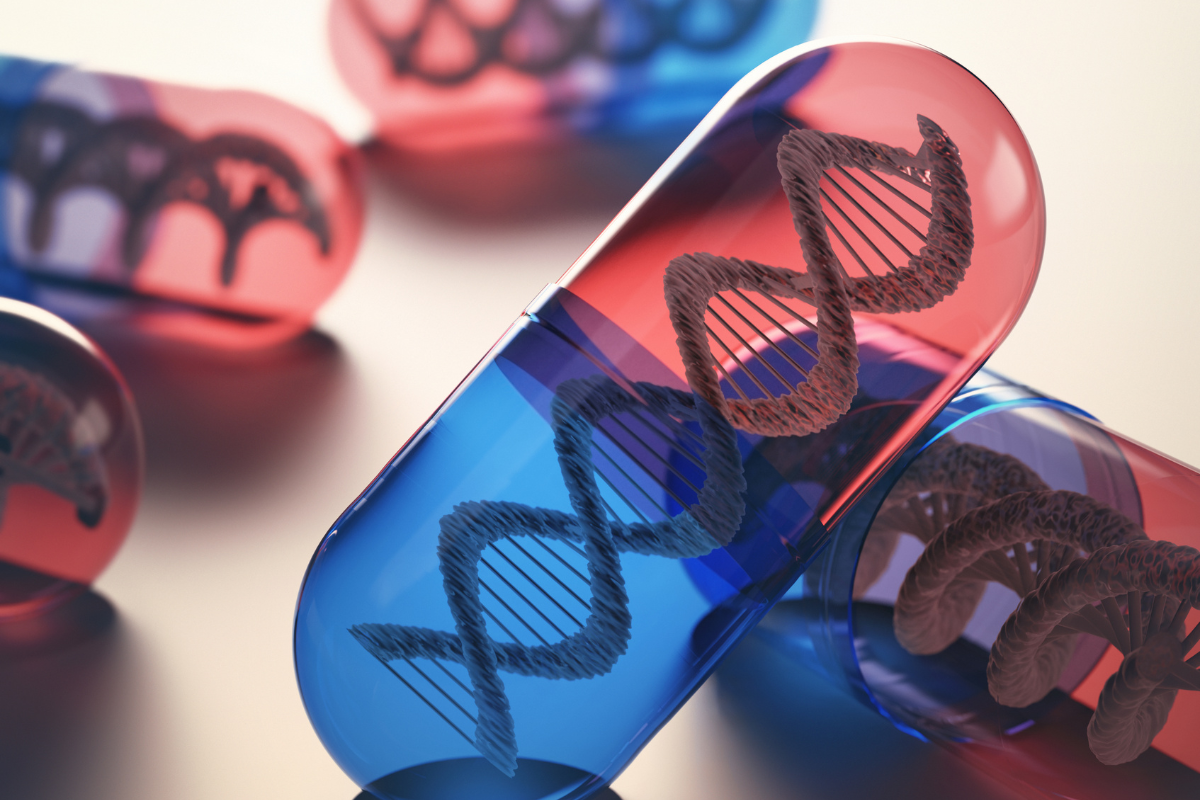Q and A with Vasiliki E. Kalodimou

By Isabelle Easton, Assistant Conference Producer at Oxford Global Conferences
Vasiliki Kalodimou, Director of Flow Cytometry-Research and Regenerative Medicine Department at the NCSR DEMOKRITOS and Professor of Biology at the EUC Medical School, provides valuable insight into her background in cell therapy analytics.
In this Q and A, we learn about Kalodimou's research and the analytical challenges she is currently facing. We also hear her perspective on automation within flow cytometry and what the future holds for potency assays within the cell therapy analytics industry.
1.) To begin with, could you tell us about your background within cell therapy analytics?
"Since 2006, I've been working with stem cells from the placenta, umbilical cord, and adipose tissue within everyday practice and applying them to regenerative medicine, clinical trials, and flow cytometry. I'm also working in the area of human genetics and population genetics as well as cellular standards.
"In collaboration with the Hellenic Flow Cytometry Society, I have developed quality control schemes for stem cell marker enumeration. Our goal is to find helpful new applications for flow cytometry, evaluate risk factors for stem cell infusion, and improve the clarity and accessibility of measurements by flow cytometry.
- Pedro-Caetano Pinto Discusses Microphysiological Systems for Advanced Kidney Cancer
- Refining Analytics for Gene Delivery Systems
- AAV Potency Assays and Cell Therapy Analytics
"My work quantifies and ranks all flow cytometry enumeration risks to prevent and minimise the false-positive results from different cytometer uses as well as within cellular therapy applications in clinical trials for patient care. Additionally, I am working to establish combinations of monoclonal antibodies for mesenchymal and adipose tissue stem cell enumeration".
2.) What are the current challenges you are facing within your research, and are these reflected in the wider cell therapy analytics industry?
"Cell and gene therapies have quickly emerged as one of the most transformative innovations in biopharmaceuticals in recent times. They have now progressed beyond their initial therapeutic areas, for example oncology, to include neurology, ophthalmology, regenerative medicine, stem cells, and COVID-19 treatment. We have more than 900 firms globally focused on these advanced therapies and over 1,000 cell and/or gene therapies clinically.
"These advanced therapeutics offer promising potential to treat conditions which, to date, have defied traditional treatment modalities. Interest and investment in this sector is at an all-time high and whilst many are hopeful of a boom in the number of approved therapies in the coming years, the industry still faces significant challenges, particularly with regard to the manufacture and regulation of these cell-based products.
"Despite all this clinical and commercial promise, the industry faces challenges along several key dimensions: enabling patient access, managing supply chain and manufacturing operations, meeting standards and developing a health care provider network.
"To date, the applications of cell therapies have largely fallen into two broad categories; tissue regeneration and immuno-modulation. Cell therapies have proven particularly effective in the repair of articular cartilage, for which the intrinsic capacity for repair is low. The most established of these therapies have employed the use of patient's own cells, i.e., autologous cells.
"Research and development in this sector is undeniably booming, though difficulties in expanding, manufacturing, and transporting cell products may be hampering the commercial viability and ultimate availability of these products. Achieving the quantity of cells needed for existing production methods and the automation of current manufacturing processes is of significant interest to the community.
Cell and gene therapies have quickly emerged as one of the most transformative innovations in biopharmaceuticals in recent times.
"Unlike therapeutic antibodies production however, cell therapies vary significantly from batch to batch, requiring complex and adaptive processes to generate consistent products within the confines of regulatory guidelines.
"Cell therapies are considered differently to the conventional biopharmaceutical agents and have to undergo even more rigorous regulatory and quality assessments. This of course ensures public safety, but has also put the brakes on the number of cell therapies actually being approved. Regulation is paramount to ensure the safety of patients receiving advanced therapeutics which have long been shrouded in safety concerns.
"The number of cell therapies approved for clinical use remains small. This highlights that, despite the significant scientific advances and investment, the sector is largely still at the research and development stage. A multidisciplinary approach will be essential in the coming years to increase the number of approved therapies whilst still ensuring affordability and, importantly, patient safety."
3.) Do you see the use of automation in flow cytometry as a widely used tool in the future and why?
"Automated gating can objectively define subpopulations, account for population overlap due to measurement uncertainty and replace subjective, time?consuming and inaccurate manual gating. Some methods have even enabled discovery of cellular populations that were unexpected or non?evident to the experimenter.
"However, they are not yet well accepted and known. Additionally, well trained personnel are required to operate the flow cytometer and be able to overcome false positive results whilst gaining results from flow cytometry when applied in an automated and high-throughput manner.
"The goal of high-throughput screening is to quickly identify compounds that will ultimately become drugs that address unmet medical needs. Phenotypic screening allows one to establish a screening assay without a full understanding of all possible molecular mechanisms of action (MoA) that drive the disease pathology. This creates an opportunity for novel discovery and uncovering new insights into disease pathology.
"However, these complex assays require complex readouts in order to identify compounds that modulate the phenotype in a meaningful manner. Flow cytometry is a powerful tool that addresses this need. Applying flow cytometry in an automated and high-throughput manner will further accelerate drug discovery and continue to advance new, promising drugs/therapies into the clinic."
4.) What does the future hold for strategies such as potency assays? Will these be a constant feature in cell therapy analytics?
"The development of a potency assay for cellular therapy products entails many steps of innovations and discoveries, while keeping in mind the end user and the requirements of the regulatory authorities.
"A relevant and robust potency assay is not only a regulatory requirement, but it is also the basis for producing and delivering a cellular product that works, and is, therefore, one of the most important and challenging issues when developing and testing cell-based therapies.
"Also, the evaluation of potency plays a key role in defining the quality of cellular therapy products (CTPs). To achieve an adequate assessment of CTP potency, appropriate in vitro or in vivo laboratory assays and controlled clinical data is required. The primary objective of a potency assay is to provide a mechanism by which the manufacturing process and the final product for batch release are scrutinized for stability, quality, and consistency.
The goal of high-throughput screening is to quickly identify compounds that will ultimately become drugs that address unmet medical needs.
"The potency assay plays a key role in determining the quality of biological/cellular products. As defined in the U.S. Code of Federal Regulations (21 CFR 600.3), the potency, the specific ability or capacity of the product to effect a given result. The potency assay is a quantitative test that confirms the therapeutic product provides a particular response at a certain dose. Since a mechanism of action (MoA) refers to the specific interaction through which the cellular therapy product produces its pharmacological effect, it is ideal that the potency assay will represent the product's known or intended MoA.
"Potency assays should be in place for early clinical development, and validated assays are required for pivotal clinical trials. The message is that early investment in a potency evaluation strategy can greatly enhance eventual CTP deployment by mitigating the risk of costly product failure in late-stage development."
Kalodimou will be presenting on the Characterisation of Mesenchymal Stem Cells (MSCs) And Their Use in the Treatment of COVID-19 at Oxford Global's Cell Therapy Analytics Symposium this March. Taking place on March 2nd, the symposium encompasses novel characterisation techniques and robust analytical tools to ensure safe, quality therapeutic cell products are advanced through to the clinic. To find out more, please visit HERE.







